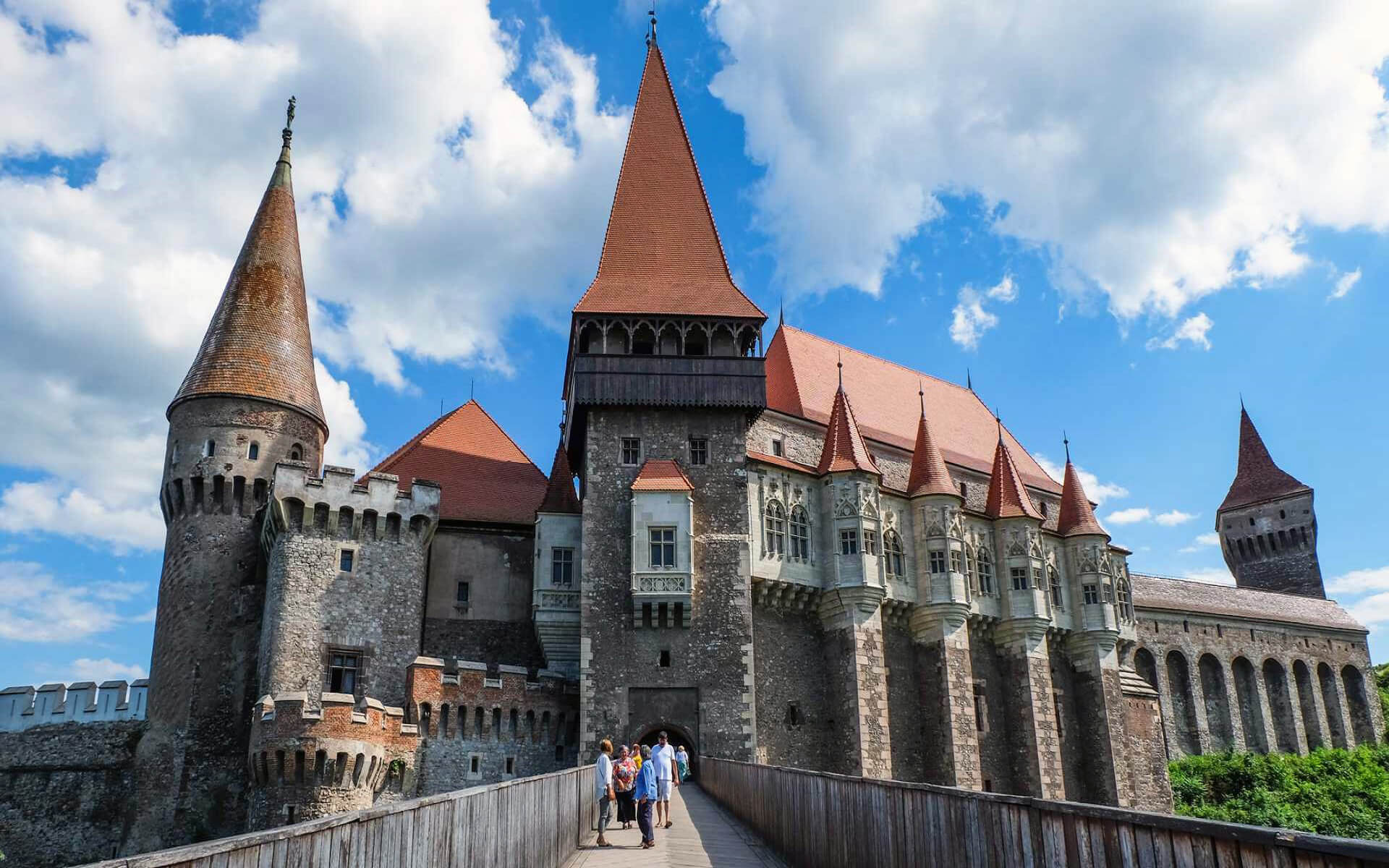Transylvania is Romania’s biggest and, perhaps, most well-known region. When you visit Transylvania, you are immersed in a melting pot of cultures, nature, and history. Transylvania is a complex area, and it is worthwhile to attempt to notice the regional distinctions, both cultural and ecological. This area has a lot of history and a lot of diversity. The coexistence of Romanians, Hungarians, Saxons, and Roma is the dominant subject throughout Transylvania. Transylvania is rich in myth and foggy medieval sites: there are over 100 castles and strongholds, as well as approximately 70 fortified churches. Here you’ll find some of Romania’s most impressive and well-preserved castles and strongholds.
There are, however, several little settlements with antique buildings and walled churches for the more adventurous tourist. Because Transylvania is surrounded by the Carpathian Mountains, there are many mountain forests and hiking and climbing opportunities. There are wonderful national parks all around the Carpathians. Green hills and rivers may be found in the heart of Transylvania. Most major cities have a Western European feel to them, and the infrastructure is typically strong, making it simple for visitors.


